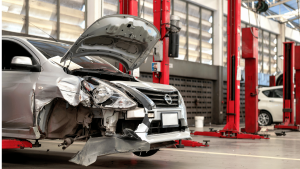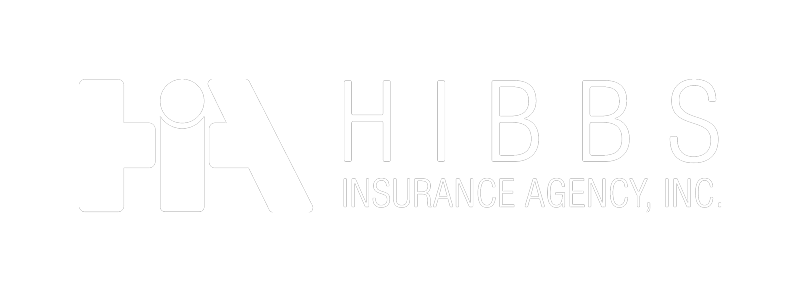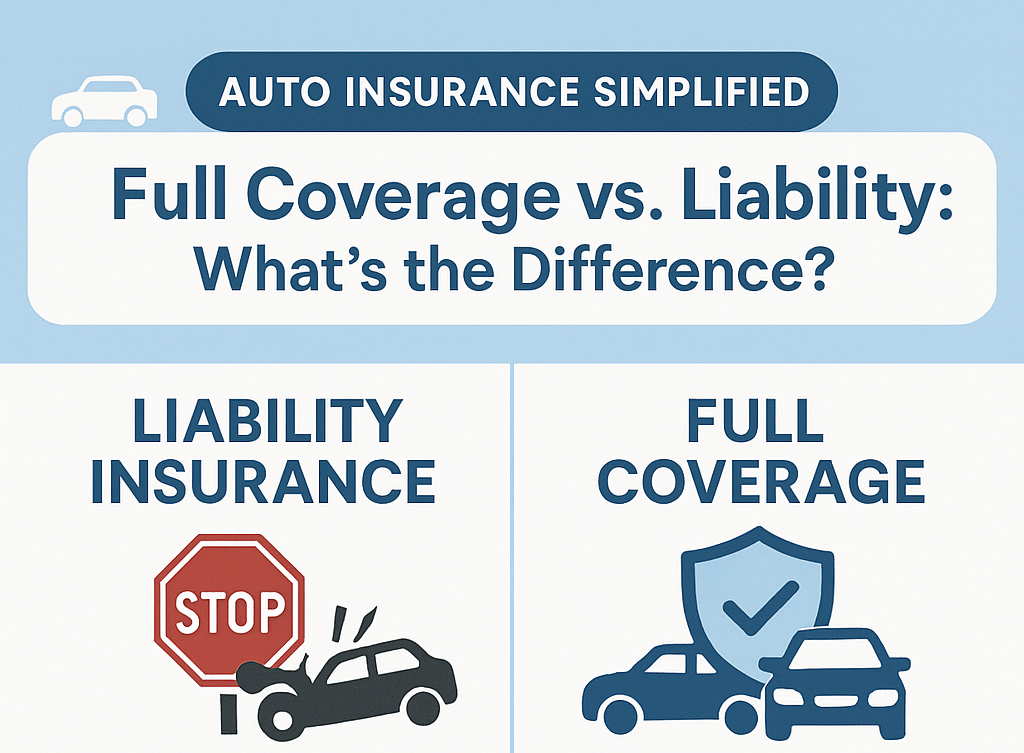Which is Right for You?
Navigating the world of auto insurance can be daunting, especially when terms like “full coverage” and “liability” are thrown around. Understanding the differences between these two types of insurance is crucial for making informed decisions about your vehicle coverage. At Hibbs Insurance, we believe clarity is key to helping you choose the protection that’s right for you.
Understanding Full Coverage Insurance
Full coverage car insurance is often misunderstood. It doesn’t mean your insurance covers every possible incident that could happen to your car. Instead, it typically combines several types of coverage that together offer broader protection than liability insurance alone.
What Constitutes Full Coverage Car Insurance?
Full coverage generally includes three key components:
- Liability Insurance – Covers damages and injuries you cause to others in an accident. Required by law in most states.
- Collision Coverage – Pays for damage to your car resulting from a collision with another vehicle or object, regardless of who is at fault.
- Comprehensive Coverage – Protects your car from non-collision-related incidents such as theft, vandalism, or natural disasters.
Together, these components provide a more comprehensive safety net for your vehicle.

What Does Full Coverage Auto Insurance Mean?
Full coverage auto insurance means your policy includes all the elements mentioned above. It offers a higher level of protection for your vehicle and yourself, which can be particularly important if you have a loan or lease. Lenders often require full coverage to protect their investment in your vehicle.
Not sure if you have enough coverage? Contact one of the agents at Hibbs and we’ll help you review your policy.
Exploring Liability Insurance
Liability insurance is the most basic form of auto insurance and is required by law in most places. It provides coverage for damages and injuries you cause to others in an accident.
What Does Liability Insurance Cover?
Liability insurance is split into two main components:
- Bodily Injury Liability – Covers medical expenses, lost wages, and legal fees if you cause an accident resulting in injury to others.
- Property Damage Liability – Pays for damage to someone else’s property, such as their car or fence, when you’re at fault.
Unlike comprehensive or collision, liability insurance does not cover your own vehicle.

Full Coverage vs. Liability: Which Is Right for You?
When deciding between full coverage and liability insurance, consider these factors:
- Vehicle Value – New or high-value cars are often best protected with full coverage.
- Financial Situation – Liability is more affordable but only covers damages you cause to others.
- Risk Tolerance – If you want peace of mind, full coverage offers broader protection.
- Legal Requirements – Liability is mandatory in most states; full coverage is optional unless required by a lender.
What Does Full Coverage Protect Against?
- Accidents – Damage from collisions, regardless of fault
- Theft & Vandalism – Protection against stolen or damaged vehicles
- Natural Disasters – Coverage for floods, fires, hail, and more
- Animal Collisions – Damages caused by hitting an animal
- Glass Damage – Some policies include windshield or window repair/replacement
Yes, full coverage typically pays even if you’re at fault (through collision coverage).
How to Decide Between Full Coverage and Liability
- Assess Your Vehicle’s Value – Is it worth protecting beyond liability?
- Evaluate Your Budget – Can you afford the higher premium for greater protection?
- Consider Your Risk Tolerance – Would you rather pay more now or risk higher out-of-pocket costs later?
- Review Legal and Lender Requirements – Ensure compliance with state laws and loan terms.
Final Thoughts
Understanding the key differences between full coverage and liability insurance is essential for making informed decisions about your auto insurance. Full coverage offers broader protection, while liability provides essential, legally required coverage.
At the end of the day, the right choice depends on your personal circumstances and priorities. Whether you choose full coverage or liability, make sure you have the protection you need to drive with confidence.
Ready to review your options? Contact us today to compare policies, request a quote, and find peace of mind behind the wheel.




